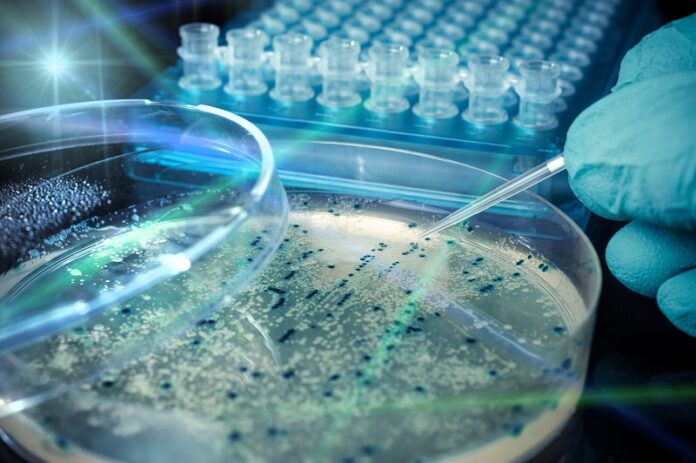
Since the discovery of penicillin nearly a century ago, antibiotics and other antimicrobials such as antivirals, antifungals, and antiparasitics, have been the mainstay in medical interventions aimed at preventing and treating infectious diseases in humans, animals and plants.
Antimicrobial Resistance (AMR) occurs when bacteria, viruses, fungi and parasites no longer respond to antimicrobial medications. Resistance to antimicrobials makes it difficult, if not impossible to treat infections or prevent the spread of severe illnesses. Besides making infections harder to treat, AMR also increases the risk involved in other medical procedures and treatments such as surgeries, cesarean sections and cancer chemotherapy.
While AMR is a natural process that happens over time through genetic changes in pathogens, the increase in emergence and spread of drug-resistant pathogens in recent years has been attributed to the widespread use, as well as rampant misuse and overuse of antimicrobials to treat, prevent or control infections in humans, animals and plants. Today, AMR has become a significant driver of disabilities and deaths around the world
According to the World Health Organization, AMR is one of the top global public health and development threats. It is estimated that bacterial AMR was directly responsible for 1.27 million global deaths in 2019 and contributed to 4.95 million deaths that year. In addition to death and disability, AMR has significant economic costs. The World Bank estimates that AMR could result in US$ 1 trillion additional healthcare costs by 2050, and US$ 1 trillion to US$ 3.4 trillion gross domestic product (GDP) losses per year by 2030
Without new antibiotics, even common injuries and infections could become lethal. It is against this threat of AMR to human health that the recent discovery by scientists at Texas A&M University in the US gains greater salience. A collaborative study led by researchers at A&M has developed a new family of polymers capable of killing bacteria without inducing antibiotic resistance, by disrupting the membrane of these microorganisms.
Polymers are a class of natural or synthetic substances composed of very large molecules, called macromolecules, formed of simpler chemical units called monomers. Polymers make up many of the materials in living organisms, including, for example, proteins, cellulose, and nucleic acids. Cationic polymers, or positively-charged polymers that trigger bacterial cell death through physical disruption of their membranes are considered to be the new frontier in antibacterial development.
Working at the interface of organic chemistry and polymer science, the researchers were able to synthesize the new polymer by designing a positively charged molecule that can be stitched many times to form a large molecule made of the same repeating charged motif. This class of molecules possesses several biological advantages including a low propensity for emergence of resistance and rapid bactericidal effect. In addition the polymers were found to be active against both bacteria with thick membranes (Gram-positive) and thin membranes (Gram-negative), and that modification to their core and chain length could improve their selectivity for bacterial cells over human red blood cells
Key to the development of the new polymer was in using a carefully selected catalyst called AquaMet. The catalyst not only had to tolerate a high concentration of charges and also be water-soluble, a feature that is uncommon for this type of process. The newly synthesized polymers were then put to test against two main types of antibiotic-resistant bacteria — the Gram-negative E. coli and the Gram-positive Methicillin-resistant Staphylococcus aureus (MRSA), which is responsible for several difficult-to-treat infections in humans.
The researchers also tested toxicity of the new polymers against human red blood cells. A common issue with antibacterial polymers in the past was their lack of selectivity between bacteria and human cells when targeting the cellular membrane. The researchers made sure that their polymer struck the right balance between effectively inhibiting bacterial growth and reducing the random killing of surrounding healthy cells.
The efficacy of the new polymer in targeting bacteria while limiting damage to surrounding red blood cells has encouraged the researchers to further improve the polymers ability to target other bacteria and enhance its selectivity for bacterial cells over human cells.













